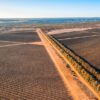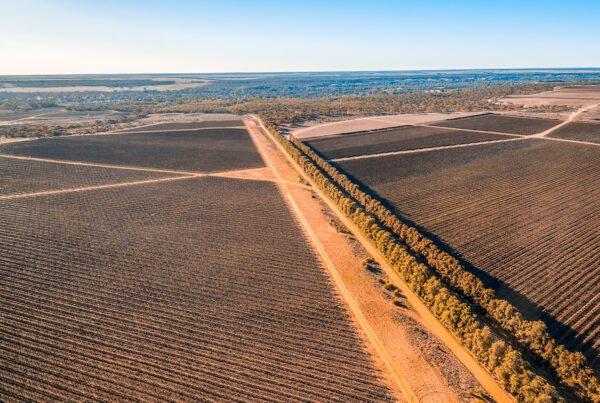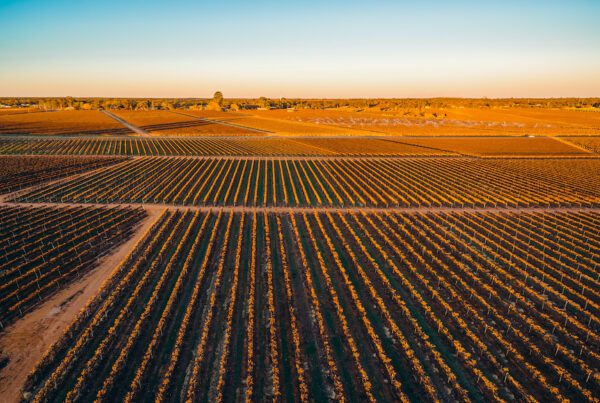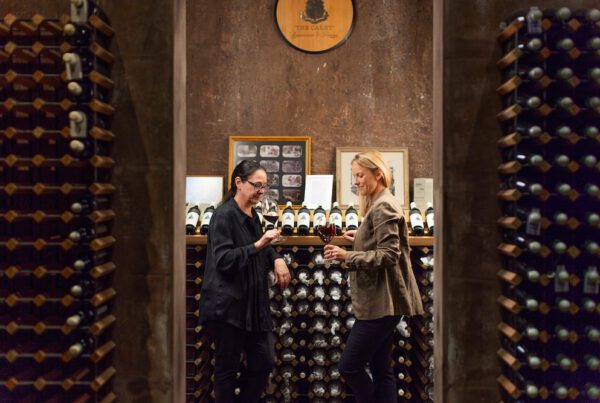
With increasing climate variability and changing consumer preferences, it’s vital that Australia’s wine industry identifies and cultivates alternative grape varieties to help drive greater demand and profitability to the sector.
That’s according to a report released today by 2018 Nuffield Scholar and New South Wales viticulturist Martin Gransden, which reveals the potential for alternative winegrape varieties to deliver diversity, quality and sustainability to Australia’s wine industry.
With support from Wine Australia, Mr Gransden’s research was motivated by the industry’s renewed focus on evolving and adapting to changing market and environmental conditions, and a desire to help wine producers maintain market share through greater varietal diversity.
“Although Australia’s ‘traditional’ wine varieties are important to our industry, there is a great opportunity to cultivate alternative varieties that better meet the needs of the changing climate and consumer palate,” Mr Gransden said.
“The majority of Australia’s winegrapes are grown in warm inland regions where substantial irrigation and nutritional inputs are required to achieve commercial production levels. These inputs are often costly, so I wanted to identify varieties with greater tolerance to hot, dry conditions.”
Travelling across numerous wine regions in Greece, Armenia, Georgia, Portugal and Spain, Mr Gransden worked to identify and evaluate key viticultural and vinicultural characteristics of the regions visited, and evaluate varieties for suitability to Australian climate, soils, and changing consumer preferences.
His research identified 52 alternative varieties that are likely to perform well across a range of Australian wines regions, climates and markets.
In Portugal, Mr Gransden travelled to the Douro Valley where he observed first hand the production benefits when varieties grown match the climate of the region. He identified six varieties, including Vinhao, Tinta Amarela and Tinta Francisca, which would be likely to succeed in the Australian climate and marketplace.
“The varieties identified in my report all demonstrate varying degrees of tolerance in warm to hot temperatures during growing season, the ability to propagate in dry climates, and capacity to tolerate some vine diseases,” Mr Gransden said.
“Importantly, they all also showed the potential to make quality table wine across varying price points.”
Mr Gransden’s report also focuses on consumer preferences, identifying a trend towards alternative varieties and styles in Australia’s wine industry.
“In the past, sales of traditional varieties have been successful due to their widespread availability and familiarity to consumers. However, tomorrow’s wine consumers are today’s millennials, and they are increasingly demanding something different,” Mr Gransden said.
“The barriers to growing and selling alternative varieties can seem significant, but consumer preferences are changing, and we risk losing market share if greater varietal diversity isn’t encouraged in Australia’s wine industry.
“Our wine industry has a great history of innovation, collaboration and adaptation. To increase the demand and premium paid for Australian wine globally and domestically, we need to focus on diversity and quality to drive the future of the industry.
“Identifying and considering the propagation of alternative wine grape varieties in Australia can help enhance the sustainability of our industry in changing climatic conditions and deliver something new and different to our consumers.”
Click here to read the report in full.









Recent Comments